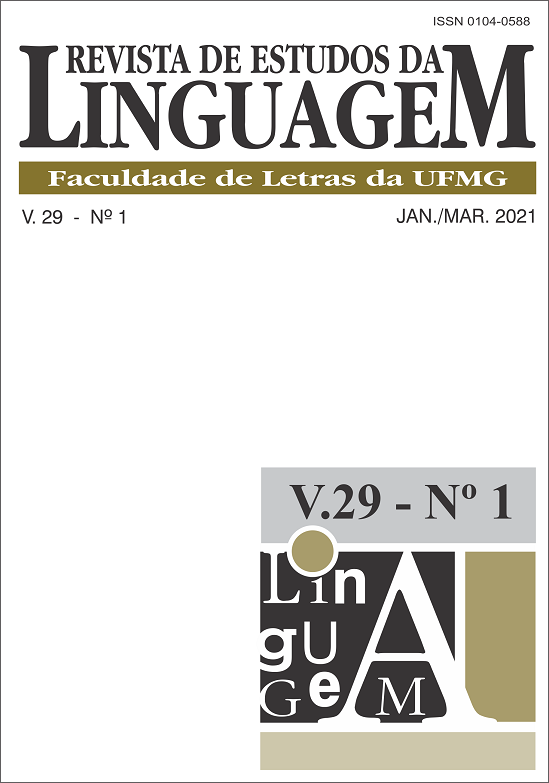Aportes al estudio de la variación en wichi/weenhayek (mataguaya). Diferencias dialectales en el léxico
DOI:
https://doi.org/10.17851/2237-2083.29.1.259-288Palavras-chave:
variación dialectal, léxico, fonología, morfología, wichi/weenhayekResumo
En este trabajo se analiza la variación dialectal en el léxico wichi/weenhayek (familia mataguaya). Se distinguen, por un lado, diferencias que son correlato de la variación en la fonología y la morfología. Las primeras tienen consecuencias en la representación fonémica o pronunciación de los ítems léxicos, y las segundas, en su configuración morfológica (palabras complejas). Por otro lado, se distinguen las diferencias que atañen exclusivamente al léxico, es decir, la alternancia de palabras para un mismo concepto según las zonas geográficas. Asimismo, se analiza el recorrido histórico de la variación de los términos que designan ‘agua’, en tanto aporta pistas para la comprensión del cambio y la difusión léxica en el territorio wichi/weenhayek. Los datos utilizados en este estudio provienen de fuentes primarias (un diccionario bilingüe de creación colectiva con participación de hablantes nativos de distintas zonas geográficas) y fuentes secundarias (gramáticas descriptivas y vocabularios). El resultado del análisis aquí presentado arroja nuevos elementos que fortalecen la división en dos complejos dialectales, pilcomayeño y bermejeño, identificados en estudios previos sobre la base de rasgos fonológicos y gramaticales, y que se especula tienen mayor tiempo de divergencia. Al mismo tiempo, abre nuevos interrogantes respecto del comportamiento del léxico y la configuración de los complejos dialectales en relación con las redes sociales e históricas.





